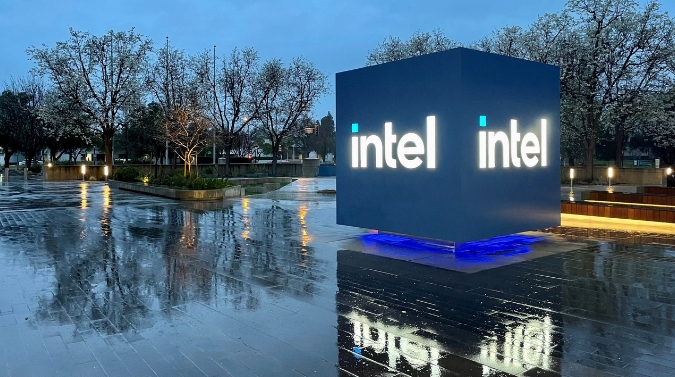Viettel doubles Vietnam's bandwidth capacity with submarine launch
The Vietnam segment of the Asia Direct Cable (ADC) submarine cable system is now online, providing 125% more bandwidth than the country's total capacity, Viettel Networks announced on Wednesday.
Citing Viettel representatives, local news outlets reported that the newly activated Vietnam segment of the ADC system, which has a capacity of 50 Tbit/s, aims "to boost Vietnam’s international Internet connectivity and strengthen backup capacity in case of disruptions."
Five international submarine cable systems – IA, AAE-1, APG, AGG and SMW-3 – with a total capacity of 34 Tbit/s are currently operating in the southeast Asian country.
The much-delayed ADC system, originally scheduled for completion in the fourth quarter of 2022, was declared operational in December 2024.
The nearly 10,000km Intra-Asia submarine cable system consists of eight fiber pairs and is designed for high-capacity data transmission across east and southeast Asia, carrying more than 160 Tbit/s of traffic. The ADC connects Japan and Singapore with branches in Shantou, China; Hong Kong; the Philippines; Thailand; and Vietnam.
The consortium of nine companies that invested in the ADC system includes China Telecom Global, China Telecom Corporation, China Unicom, PLDT, Singtel, SoftBank, Tata Communications, Viettel and National Telecom. The initial investment in the submarine cable project was US$290 million.
Viettel is the sole owner of the Vietnam segment of the ADC and its subsidiary Viettel Networks will operate the link, which has a landing station in Quy Nhon.
SoftBank brought its segment of the ADC online in December 2024, while China Telecom launched into service its portion of the cable system in February. Philippine telecom operator PLDT announced that its ADC segment will be ready for service by the first quarter of this year.
Beefing up Vietnam's digital infrastructure
When Internet speeds slowed and service was disrupted in June 2024 after three of Vietnam's undersea cables suffered full or partial failures, the government immediately put together an aggressive plan to strengthen the country's digital infrastructure.
The Ministry of Information and Communications (MIC) has approved a strategy to build at least 10 new submarine cables by 2030, bringing the total number of submarine cables to 15.
According to a report by the Vietnam News Agency at the time, four new subsea cables are expected to be operational by 2027, bringing the total capacity to at least 134 Tbit/s. The other six cable systems are expected to be operational between 2028 and 2030, bringing the total planned capacity of submarine fiber-optic cables in Vietnam to at least 350 Tbit/s. In both cases, at least one of the routes will be owned by Vietnam.
The country is expected to receive another boost to its bandwidth capacity in a few months. The 10,500km Southeast Asia-Japan 2 (SJC2) submarine cable system, which has an initial design capacity of 144 Tbit/s, is expected to come online in the second quarter of 2025.





